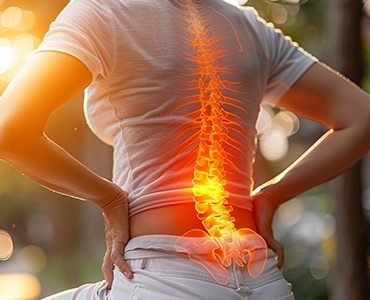Movendo Hunova: The robotic system that supports doctors, physioterapists and patients
Hunova is a robotic device for rehabilitation and the sensorimotor assessment of the lower limbs and trunk, developed to meet the clinical need for an objective assessment and treatment tool to support doctors, physiotherapists and patients throughout the rehabilitation process.
Inquire Now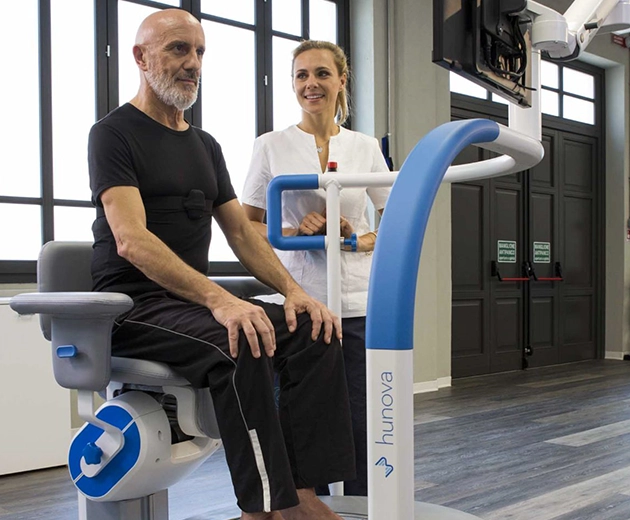
APPLICATIONS:
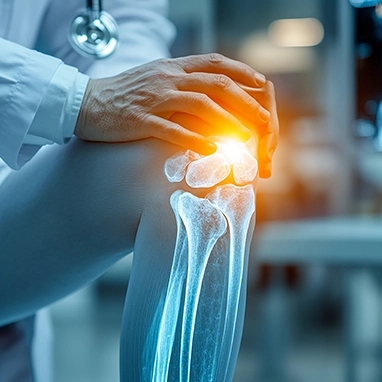
Orthopedics
Hunova aids orthopedic and sports rehabilitation, enhancing mobility, strength, balance, and postural control for the ankle, knee, hip, and spine.

Geriatrics
In geriatrics, hunova makes allows to work on postural control, proprioception and balance, and is used to prevent and assess the risk of falls in the elderly, and in cognitive recovery.

Neurology
Hunova supports neurological rehabilitation, improving balance, coordination, and strength for conditions like stroke, Parkinson’s, and Multiple Sclerosis.
The Movendo Technology assessment indexes
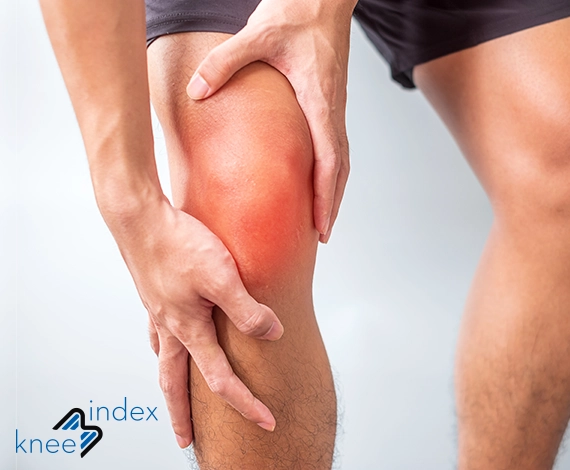
The first functional knee assessment index
The knee index is an assessment index developed for individuals with a knee condition or who undergo knee surgery. It allows therapists to plan optimum individualized rehabilitation with a pathway developed to suit the patient’s needs. Patient assessment using the knee index is based on tests that determine:
- The active and passive range of motion of the knee
- The post-surgical proprioceptive deficits of the limb
- Weight-bearing distribution
- Lower limb strength
- Motor control
- Posture
- Patient’s progress during the rehabilitation process
- Recovery of full function by comparing the test indicators of the operated limb with those of the healthy limb
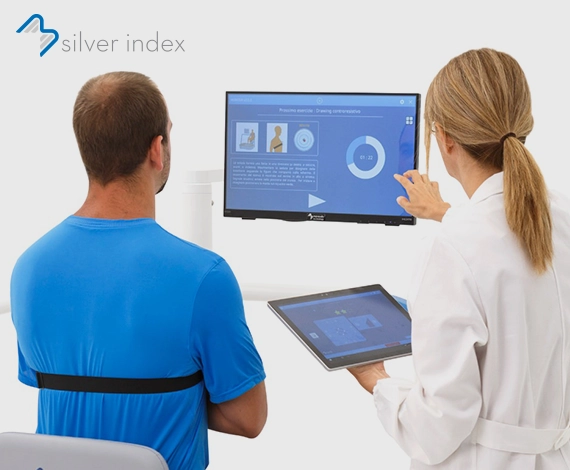
Prediction-based personalized prevention, from assessment to treatment
The silver index provides a controlled simulation of the external risk factors that cause falls, by stimulating the various mechanisms on which balanced is based, it also, enables the selective measurement of the various types of impairment to allow clinicians to customize rehabilitation therapy. Drawing on artificial intelligence and specific machine learning algorithms, the silver index integrates the most selective biomechanical and clinical parameters to achieve a highly accurate degree of prediction for fall risk.
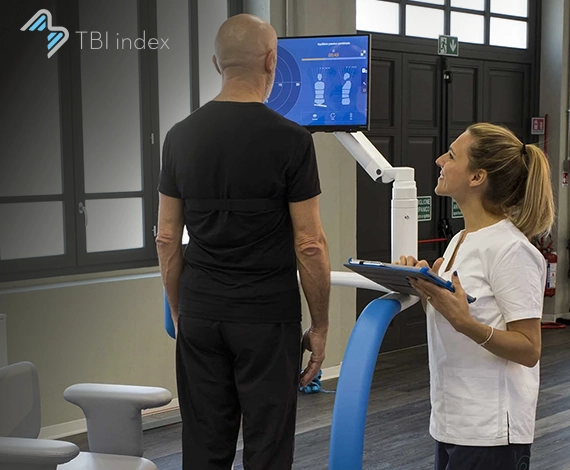
From assessment to treatment of Traumatic Brain Injury
The TBI index is designed to assist young, elderly, and athletes who have experienced a traumatic brain injury, offering a comprehensive assessment that integrates clinical parameters with robotic data, suggesting personalized and targeted treatment.

The performance assessment index.
The performance index is a total-body assessment tool that summarizes a patient’s performance in a comprehensive report, making it an ideal solution for both amateur and professional athletes looking to enhance their performance, by comparing their progress with that of high-performers, to obtain better results.
Focusing specifically on balance and proprioception allows to treat the musculoskeletal disorders that constitute some of the most common causes of injuries and occupational absenteeism.
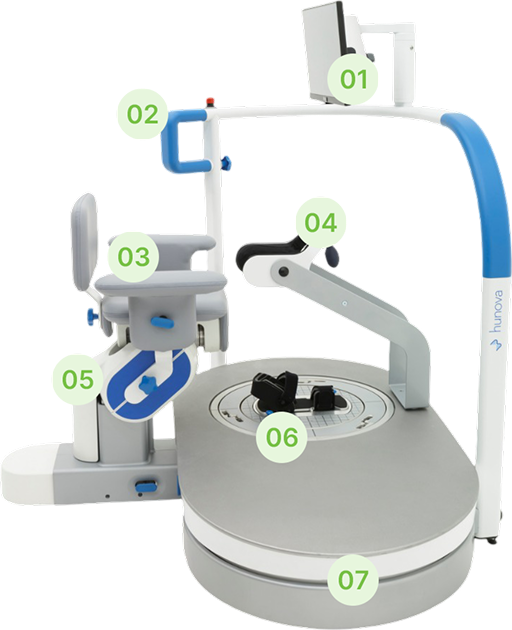
The software of hunova robotic system allows physiotherapists to implement treatment programs for the patient to carry out independently, with minimal supervision by the user.
The Fast Track mode allows immediate access to the preset programs, for intuitive and independent use in the gym.
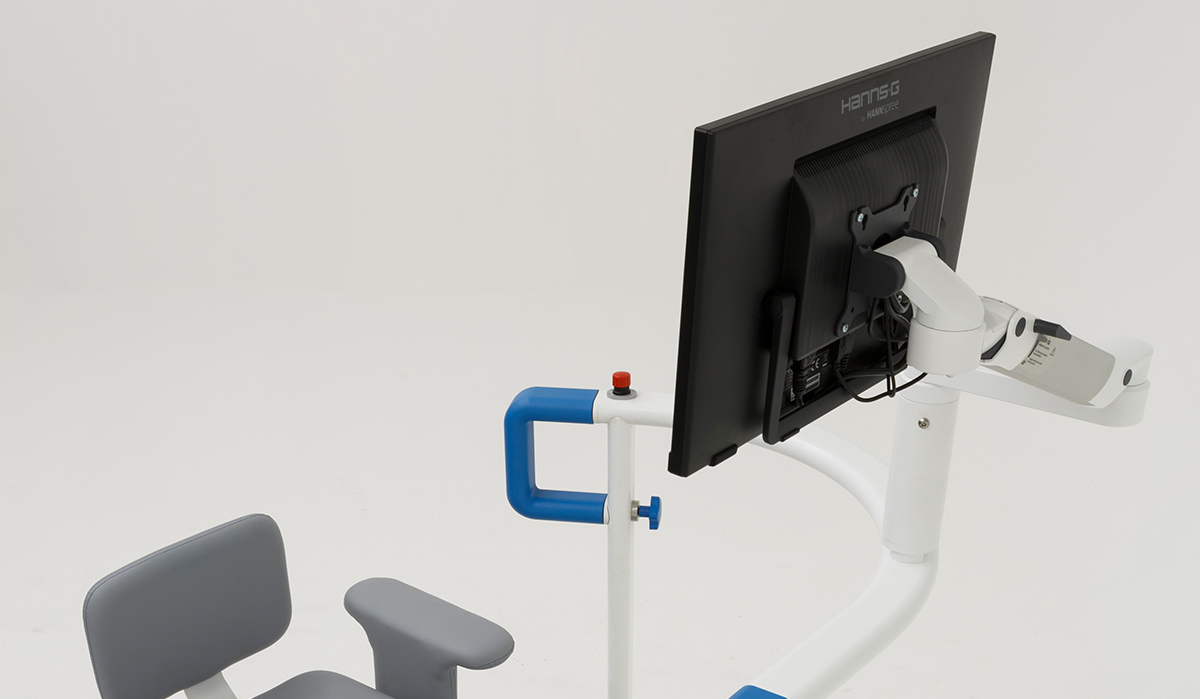
Can be selected to suit the exercise (in sitting or standing positions) to ensure safe support for the patient.

When used in combination with the sandal, it prevents knee instability during ankle rehabilitation exercises.

Fits on the one-foot platform for ankle mobilization.
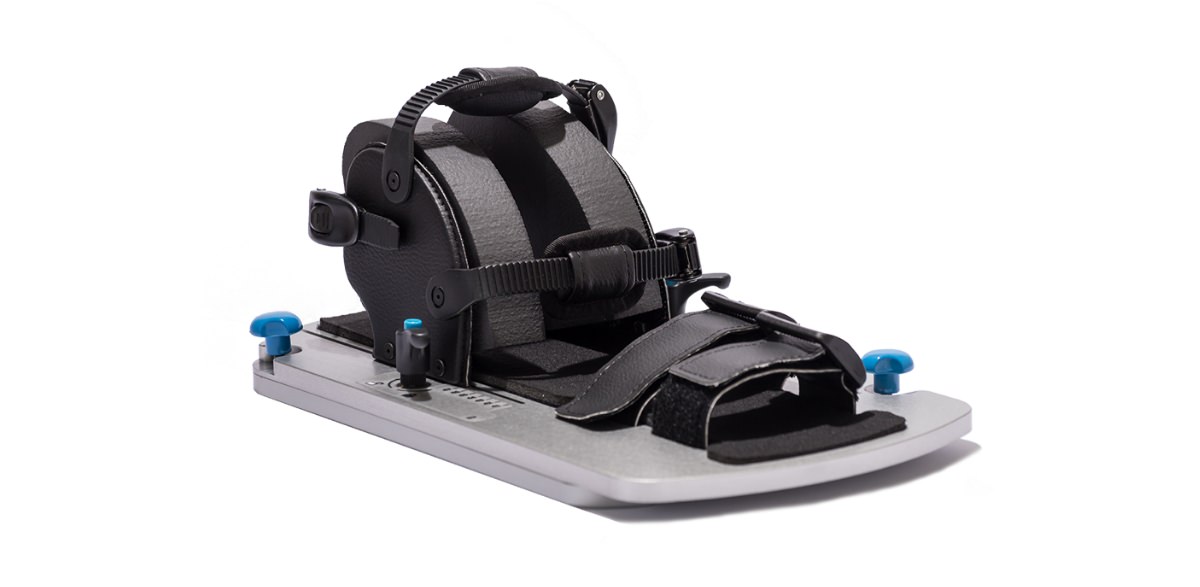
Induces both unidirectional and multidirectional movement with trajectories, speeds and ranges that can be set by the clinician. It can be used for passive therapy (mobilization), active therapy (with elastic or fluid resistance), proprioceptive therapy and assistive therapy (intervening to complete the exercise when the patient requires assistance). hunova and huno S seats are equipped with a force and torque sensor and an offset sensor.
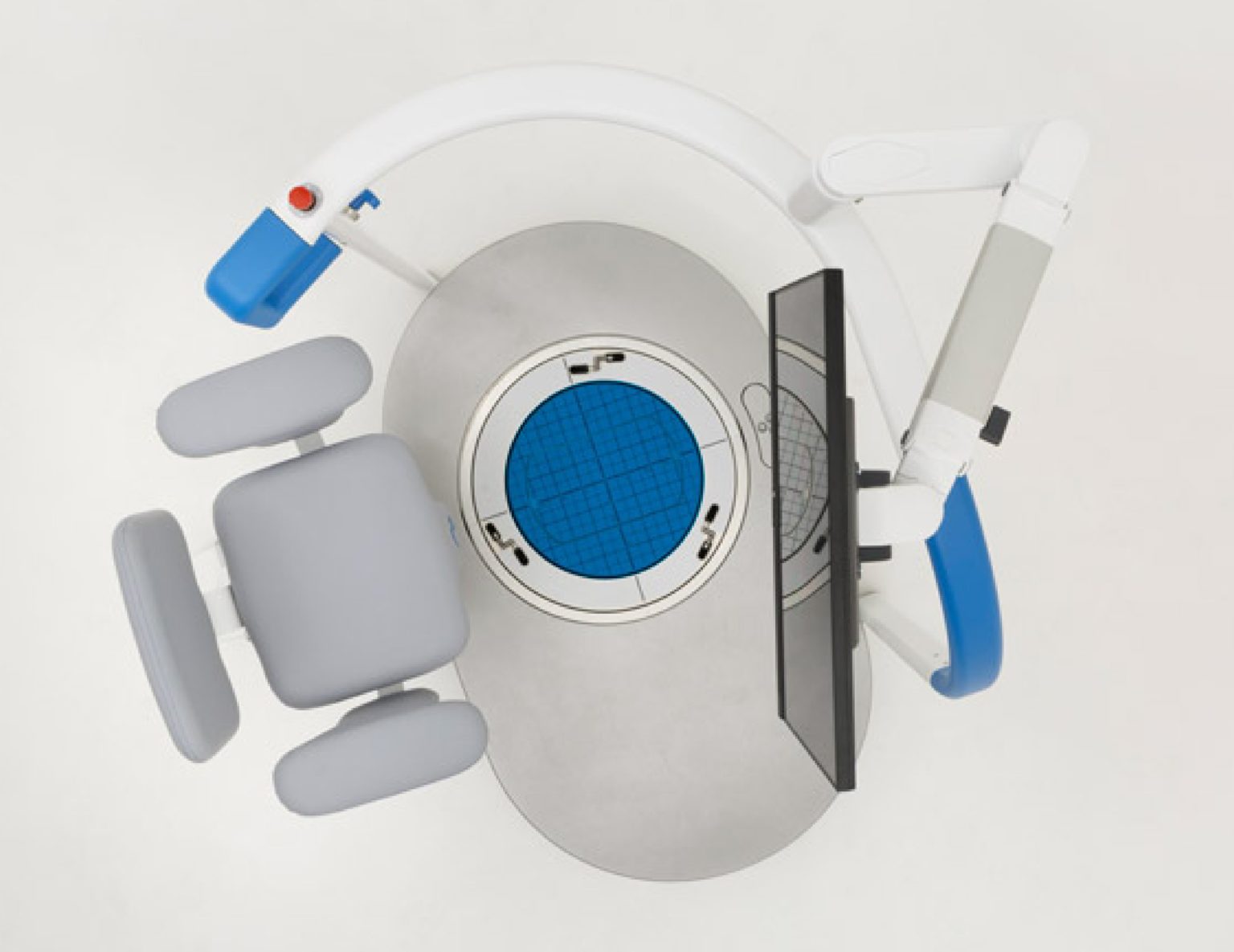
The seat adjusts to each patient’s position to ensure maximum comfort and correct performance of the exercises. hunova, huno and huno S all allow the user to memorize the seat position for each patient, so that the same optimal configuration is always available.

The robotic platform allows exercises to be performed in both bipodalic and monopodalic modality. Partial weight-bearing exercises can be carried out using the monopodalic mode. It can be used for passive therapy (mobilization), active therapy (with elastic or fluid resistance), proprioceptive therapy and assistive therapy (intervening to complete the exercise when the patient requires assistance). hunva and huno S seats are equipped with a force and torque sensor and an offset sensor.

The standard ramp is one of the extra optionals available for hunova, huno and huno S devices and is useful when the robotic system is used to transport non-self-sufficient and wheelchair-bound patients. The ramp can be removed and stowed away when not in use. Total length of ramp + hunova: 266 cm (104.7 inches).
Fixed ramp
The fixed ramp is one of the extra optionals available for hunova, huno and huno S devices and is useful when the robotic system is used to transport non-self-sufficient and wheelchair-bound patients. The ramp can be positioned either in line with hunova/huno/huno S (180°) or perpendicular to the device (90°), depending on the space available. Length of the ramp: 163.5 cm (64.3 inches).


